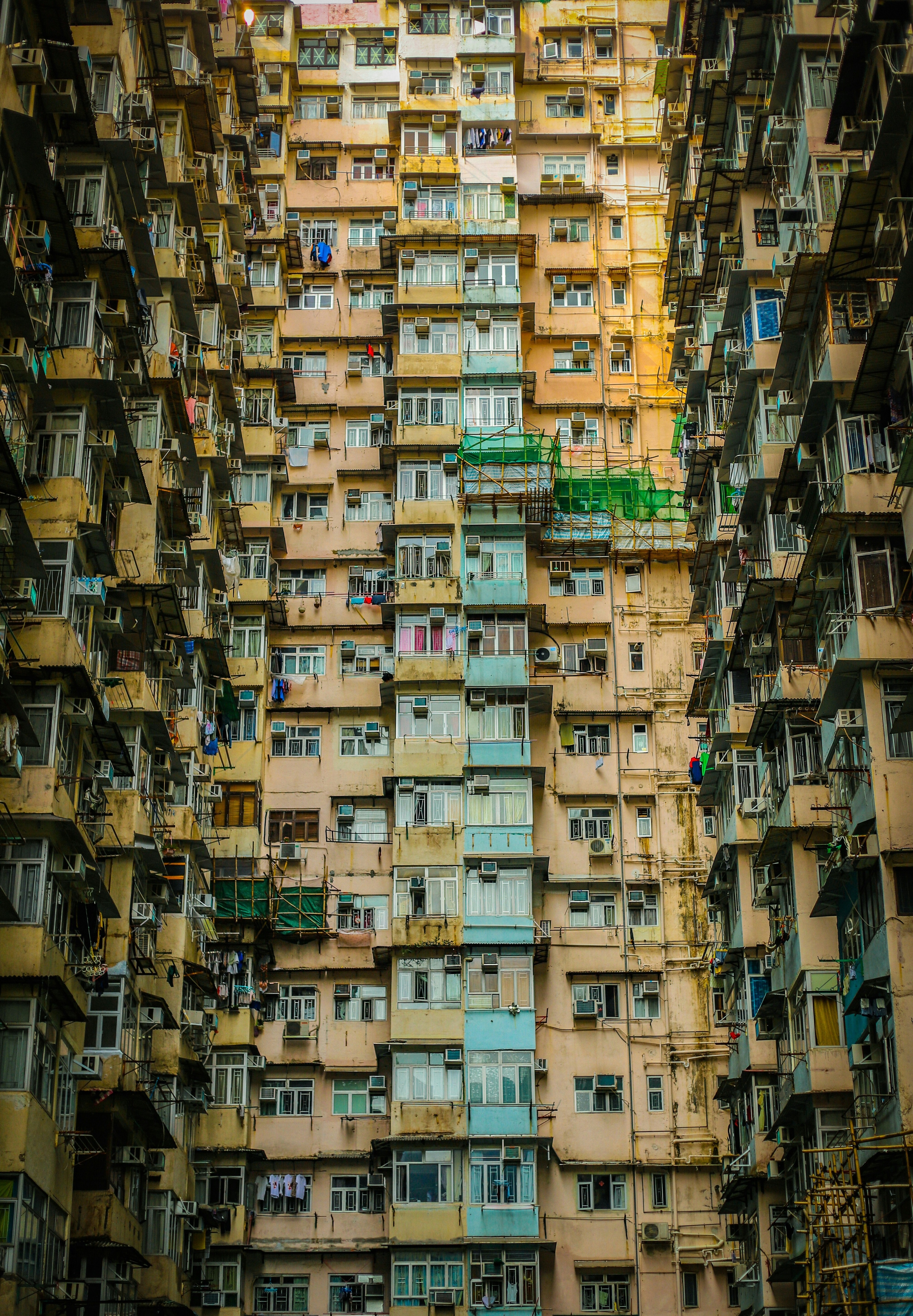How to measure the ecological performance of cities so people and nature can thrive

A restored naturalised stream runs through Bishan-Ang Mo Kio Park in Singapore’s City in Nature, providing numerous nature-based benefits and ecosystem services.
Image: National Parks Board.
Jonny Hughes
IUCN Urban Alliance Chair and WCMC Chief Executive Officer, UN Environment Programme World Conservation Monitoring CentreStay up to date:
SDG 13: Climate Action
- We are now an urban animal – 68% of humanity will live in urban areas by 2050.
- Addressing the health of nature in cities is key to our well-being and prosperity.
- The IUCN Urban Nature Index and the Singapore Index on Cities’ Biodiversity have been created to help mayors, city leaders and communities achieve a nature-positive future by 2030.
Cities can work for both people and nature, but they rarely do. Why is this? Part of the answer lies in our long-term failure to pull together truly interdisciplinary teams – planners, ecologists, architects, engineers, social scientists, artists and citizens of all ages – when creating or improving new urban neighbourhoods and places.
These specialisms too often clash rather than combine. So, while there is a growing list of inspiring case studies that show the substantial and socio-economic benefits that flow when we successfully pair brilliant ecological design with excellence in placemaking, such examples remain the exception, not the rule. But there is something else missing in addition to a deficit of interdisciplinarity.
In the coming weeks and months, the world’s governments will be signing off frameworks to tackle the twin nature and climate crises. These frameworks will contain globally agreed sets of outcomes, actions, and science-based targets to avert planetary collapse.
Whilst there are some important provisions for biodiversity contained within the New Urban Agenda and, more recently, the Edinburgh Process for Subnational and Local Governments on the Development of the Post-2020 Global Biodiversity Framework, there is currently no international convention on sustainable cities per se. Mayors and city leaders therefore need robust, science-based standards within which they can measure urban nature and set targets towards a nature-positive future.
What is the Urban Nature Index and how does it work?
Networks such as C40 Cities have done an exceptional job in linking cities on the climate agenda, with C40 alone connecting 97 of the world’s largest cities to take climate action in line with the Paris Agreement. Whilst this tentative progress on climate targets for cities is welcome, there remains an urgent need to put something similar in place for nature, underpinned by credible science-based targets.
It was this need that motivated 1,400 government and NGO members of the IUCN (International Union for the Conservation of Nature) to call for the establishment of an IUCN Urban Alliance. Over the past three years the Alliance has drawn experts from IUCN Members and Commissions and representatives of 28 local governments to develop a new global standard called the IUCN Urban Nature Index (UNI).
The UNI is now in an advanced stage of development with piloting ongoing initially in five cities – Curridabat, Lagos, Mexico City, Paris, and Singapore. The UNI addresses head-on the need for a standardised set of robust science-based indicators and baselines from which targets can be set to protect, restore and sustainably use nature in the context of the city.
What is the World Economic Forum doing about nature?
The UNI comprises six themes: consumption drivers, human pressures, habitat status, species status, nature’s contributions to people and governance indicators. Each theme has a set of five indicator topics which, once assessed, provide a baseline on which targets can be set for each of the six themes.
The UNI recognises that the ecological footprints of cities extend far beyond their boundaries, encompassing the immediate urban sphere but also the city-bioregional sphere and global spheres where cities have significant telecoupled impacts and dependencies. The UNI combines this “three sphere” approach with the established Driver-Pressure-State-Impact-Response framework to help make sense of the complexity and underlying drivers in urban-ecological systems.
When complete, the UNI will provide every city mayor or leader in the world with a cost-effective simple method for setting robust, transparent and science-based targets to protect and restore nature within and beyond their city. As baselines are assessed and targets are set, the IUCN Urban Alliance will also collate data from across the world in a central platform in order to track trends in urban ecosystem recovery, reporting these into global reporting frameworks such as the Sustainable Development Goals and the Global Biodiversity Framework as well as sharing learning through its extensive network of members and partners.
Singapore Index: evaluating and monitoring biodiversity conservation efforts
The UNI builds on and complements the pioneering work of the Singapore Index on Cities’ Biodiversity, a self-assessment tool for cities to evaluate and monitor the progress of their biodiversity conservation efforts over time. The Singapore Index comprises three components: native biodiversity in the city; ecosystem services provided by biodiversity and governance; and management of biodiversity. Those cities wishing to go delve into a deeper understanding of the management of biodiversity within their city jurisdiction will find the Singapore Index an invaluable practical tool. The Singapore Index has been implemented by over 50 cities spread across the globe for the past 12 years. An updated version with indicators relevant to current times can be found in the Handbook on the Singapore Index on Cities’ Biodiversity that be downloaded from www.cbd.int and www.nparks.gov.sg.
Those cities wishing to set science-based targets for natural capital assets within the city more broadly, and understand their telecoupled impacts beyond city boundaries, will find the UNI a similarly valuable tool. Undoubtedly however, implementing the two indices together, with the Singapore Index providing a level of detail on biodiversity to complement the UNI, is an approach most likely to generate the greatest insights to inform management actions.

Implementing both indices to create nature-positive cities
Rolling out both the IUCN Urban Nature Index and Singapore Index is now urgent if we are to systematically transform the health of urban ecosystems and shift city footprints from nature-negative to nature-positive. Networks such as the World Economic Forum’s Global Commission on BiodiverCities by 2030, the Science-based Targets Network and the ICLEI-led CitiesWithNature platform will be key to achieving this. ICLEI in particular, have the “boots on the ground” to ensure these tools get into the hands of mayors and city officials, coupled with the expertise to build capacity and work directly with cities to deploy effective nature-based solutions in urban environments.
Having robust indices is one thing, following them up so they unlock transformative change will require us to unleash the collaborative and innovative power that lies within our networks. If we do this, by 2030 most of the world’s cities will be working systematically towards measurable targets for nature and reaping the health, well-being and economic benefits that will accompany the nascent ecological revolution soon to take place in our cities.
The IUCN Urban Alliance is supported by Arcadia, a fund of Lisbet Rausing and Peter Baldwin.
Accept our marketing cookies to access this content.
These cookies are currently disabled in your browser.
Don't miss any update on this topic
Create a free account and access your personalized content collection with our latest publications and analyses.
License and Republishing
World Economic Forum articles may be republished in accordance with the Creative Commons Attribution-NonCommercial-NoDerivatives 4.0 International Public License, and in accordance with our Terms of Use.
The views expressed in this article are those of the author alone and not the World Economic Forum.
Forum Stories newsletter
Bringing you weekly curated insights and analysis on the global issues that matter.
More on Urban TransformationSee all
Jeff Merritt and Vivian Brady-Phillips
July 25, 2025
Muhammad Hassan Dajana and James Balzer
July 22, 2025
Olivia Nielsen
July 16, 2025
Luis Antonio Ramirez Garcia
July 14, 2025
Sam Markey, Basmah AlBuhairan, Muhammad Al-Humayed and Anu Devi
July 8, 2025





